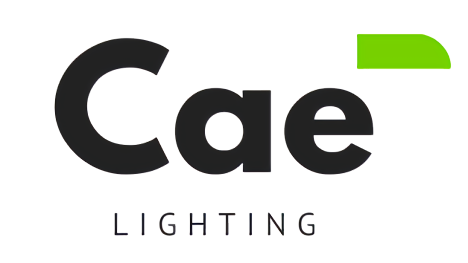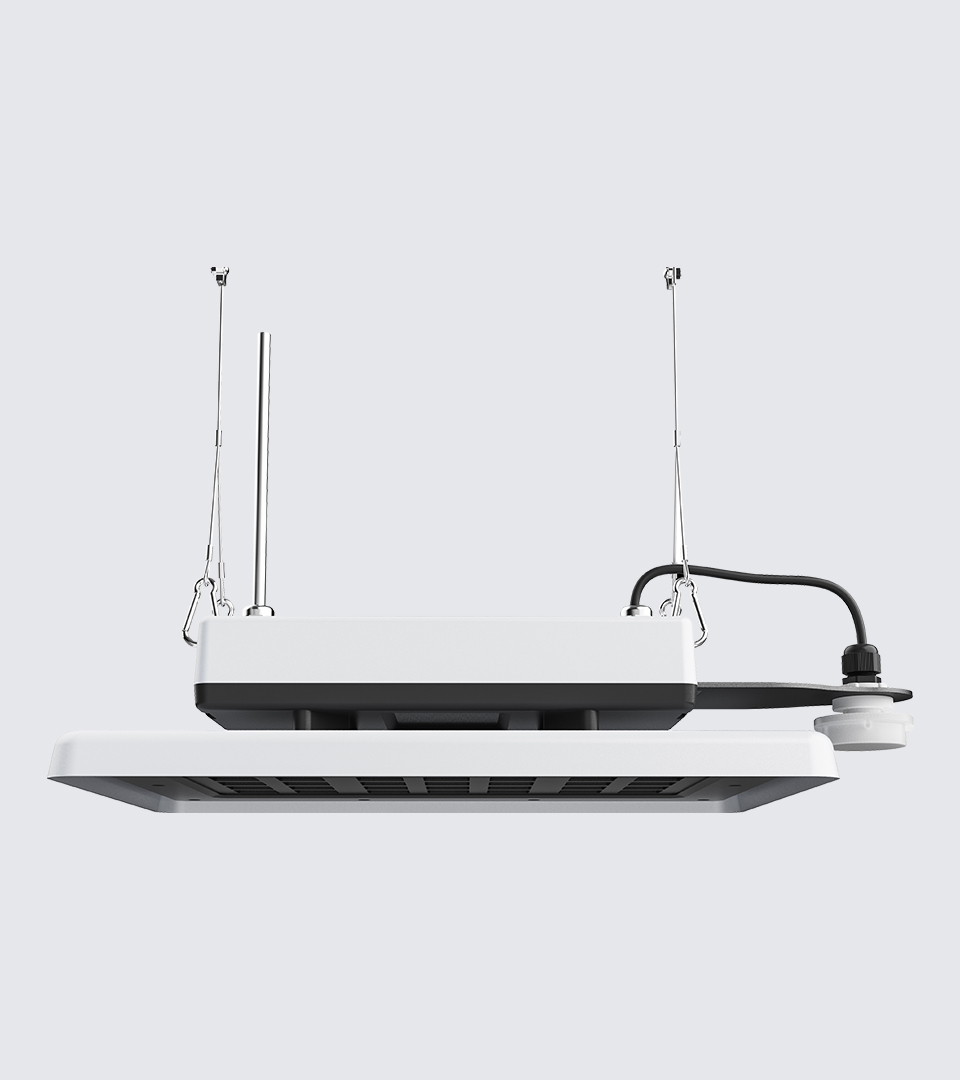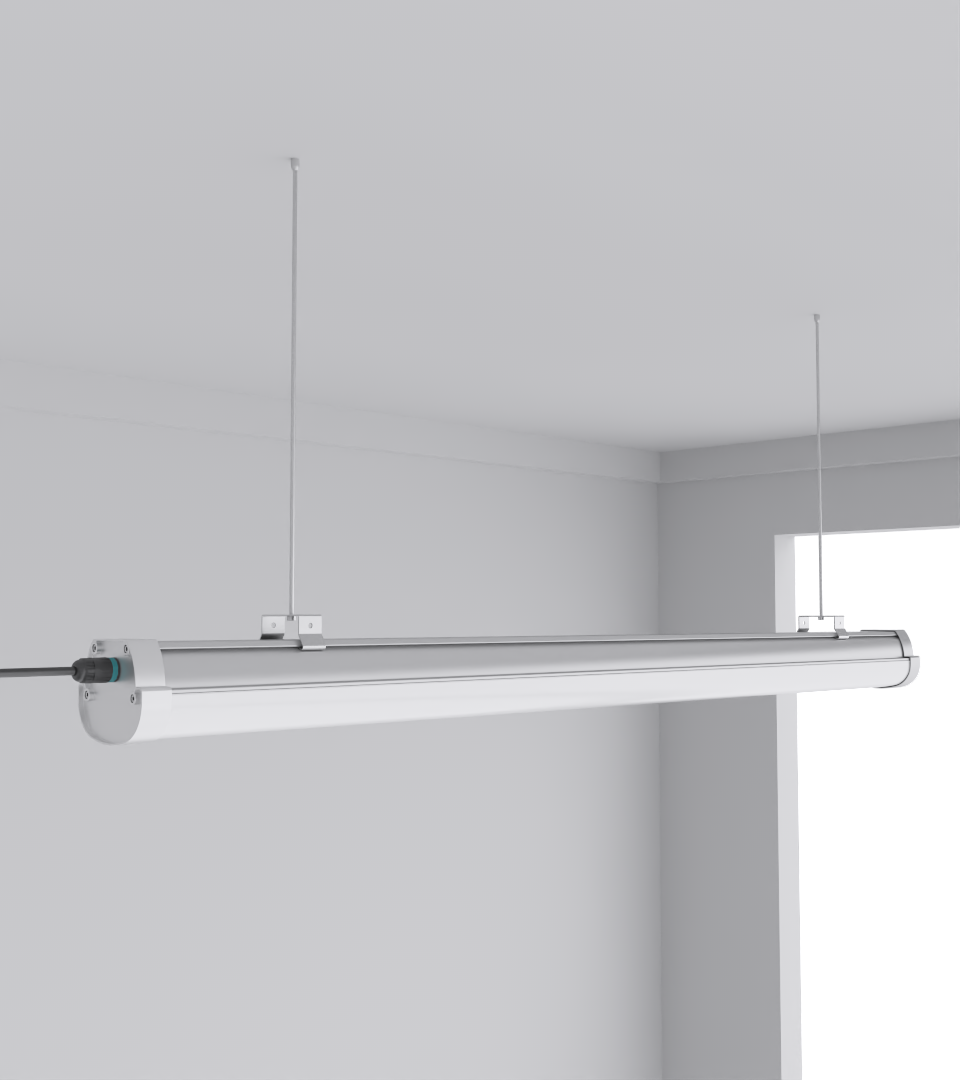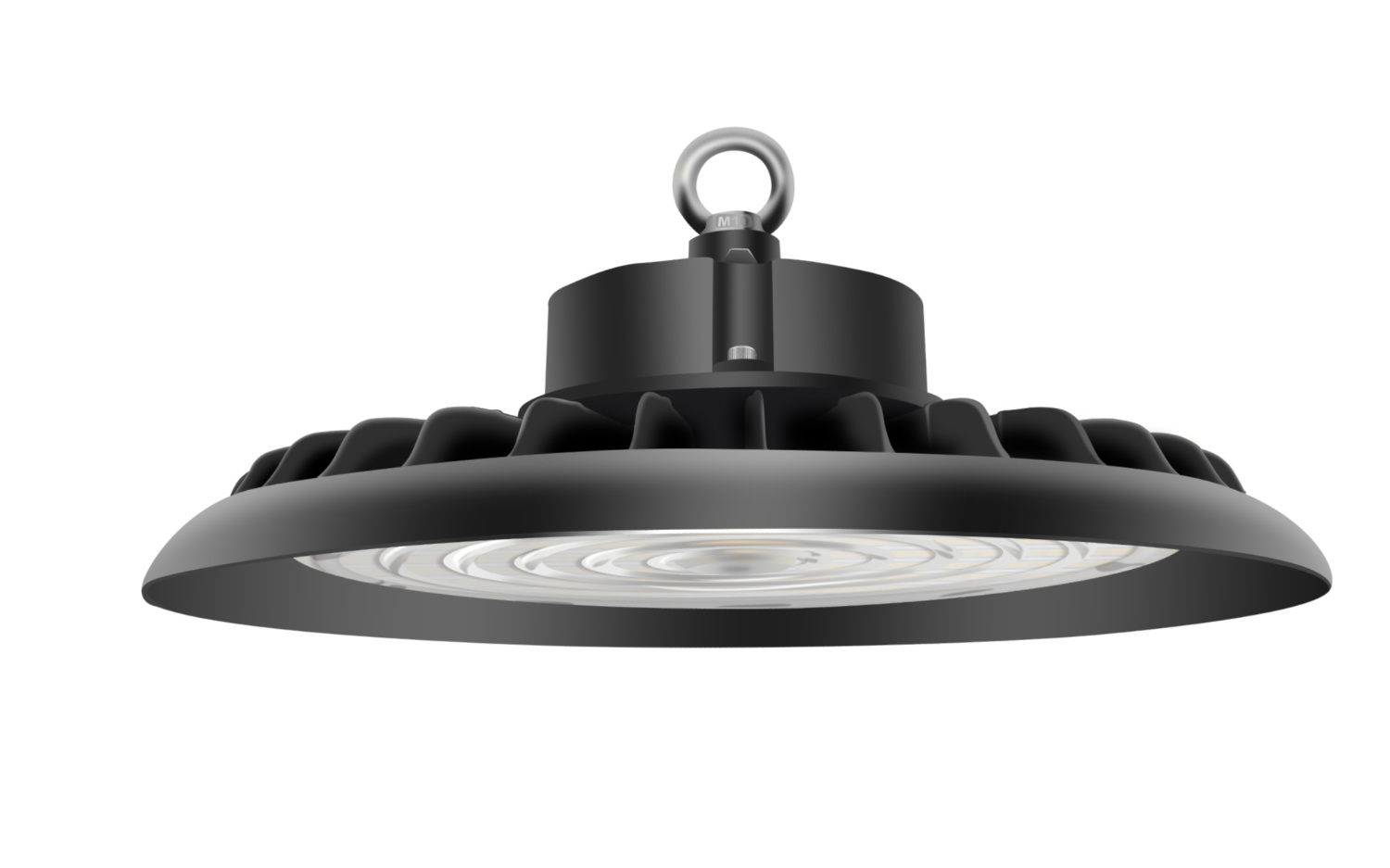Self-Monitoring LED Fixtures for Data Centers: Full Guide to Compliance, Smart Controls & Thermal Efficiency
- What Are Self-Monitoring LED Fixtures?
- Why Do Data Centers Need Smart Lighting?
- Core Features That Define a Self-Monitoring Fixture
- Real-World Use: CAE Lighting Fixtures in Action
- Compliance and Safety Standards
- Comparing Fixture Options
- Maintenance, Lifecycle & Integration Advice
- FAQs: Self-Monitoring LED Fixtures
Key Takeaways
| Feature or Topic | Summary |
|---|---|
| Purpose | Improve uptime, diagnostics, and compliance in high-demand environments |
| Ideal For | Data centers requiring thermal management, smart control, and emergency readiness |
| Common Features | Self-testing, thermal sensors, wireless protocols (Zigbee, Bluetooth), PoE, DALI-2 |
| Top Products | Squarebeam Elite, Quattro Batten |
| Compliance | NFPA 101, IEC 60598-2-22, BS 5266 |
| Energy Savings | 50–70% over legacy lighting systems |
| Integration | Compatible with BMS, BAS, and IT security systems |
| Design Tools | DIALux, Relux, Photometric Mapping |
What Are Self-Monitoring LED Fixtures?
Self-monitoring LED fixtures are luminaires embedded with diagnostic and control capabilities. These include occupancy sensors, daylight harvesting modules, and onboard diagnostics for voltage, temperature, and current flow.
- Sensors include PIR motion, temperature, and voltage monitoring
- Protocols supported: Zigbee, Bluetooth Mesh, DALI-2, PoE
- Typical applications: corridors, aisles, control rooms, server zones
Why Do Data Centers Need Smart Lighting?
Data centers operate around the clock, and lighting systems must match that intensity. Interruptions, inefficient use, or overheating fixtures directly impact performance and energy usage.
- Uptime Requirements: Downtime is costly — lighting that predicts faults prevents this
- Thermal Zones: Enclosed aisles reach high temperatures (35–45°C)
- Emergency Protocols: Inverters and battery backups need automated runtime checks
Expert Tip: In one facility upgrade, we replaced 80 outdated emergency luminaires with smart-tested units. The result? No compliance failures during audit season, and maintenance saved 40 hours per month on checks.
Core Features That Define a Self-Monitoring Fixture
These aren’t just lights — they’re sensors with bulbs built in. Below is a breakdown of the core components.
| Feature | Description |
|---|---|
| Occupancy Sensor | Detects motion and manages dimming or shut-off |
| Daylight Sensor | Adjusts brightness based on ambient light levels |
| Thermal Sensor | Measures fixture and ambient temperature |
| Fault Monitoring | Detects power surges, voltage drops, driver failures |
| Communication Protocols | DALI-2, PoE, Zigbee, Bluetooth Mesh |
| Self-Test Functionality | Periodic automatic testing of emergency lighting features |
Real-World Use: CAE Lighting Fixtures in Action
CAE Lighting’s Squarebeam Elite and SeamLine Batten have become standards in data center retrofits.
- Squarebeam Elite: High-output, IP65-rated, emergency runtime >3 hrs
- SeamLine Batten: Seamless connection, ideal for linear row installation
Both fixtures support DALI-2 and are compatible with smart emergency inverters. Smart diagnostics are integrated, meaning once installed, they handle their own reporting.
Compliance and Safety Standards
Meeting international standards isn’t optional in mission-critical spaces. Key regulations these fixtures often meet:
- NFPA 101: Emergency and egress lighting reliability
- IEC 60598-2-22: Performance of self-contained emergency luminaires
- BS 5266: UK safety compliance for commercial emergency systems
To avoid misalignment, always cross-reference fixture specs with local audit checklists. For example, a fixture with no thermal derating curve can fail in an enclosed aisle.
Comparing Fixture Options
| Model | Manufacturer | IP Rating | Runtime (Emergency) | Protocol Support |
|---|---|---|---|---|
| Squarebeam Elite | CAE Lighting | IP65 | 3 hrs | DALI-2, Bluetooth Mesh |
| Quattro Triproof Batten | CAE Lighting | IP66 | 3 hrs | Zigbee, DALI |
| Budget High Bay Light | CAE Lighting | IP65 | N/A | Basic Occupancy (Optional) |
| Simplitz V3 | Osram | IP65 | Varies | DALI |
Maintenance, Lifecycle & Integration Advice
Once installed, these systems require less human interaction—but the setup needs to be right:
- Ensure commissioning is completed with full runtime and photometric tests
- Integrate with the site’s BMS to send alerts to operations dashboards
- Firmware updates should be planned biannually
Pro Tip: Use commissioning checklists. One site we worked with skipped sensor calibration — that created 24 false alerts in 2 days.
FAQs: Self-Monitoring LED Fixtures
What’s the difference between smart and self-monitoring LED fixtures?
Smart LEDs are controllable. Self-monitoring LEDs also diagnose their own status — they don’t just respond, they report.
Can you retrofit these into older data centers?
Yes, but with caveats. You need compatible wiring for PoE or use standalone DALI-2 drivers with wireless bridges.
How do self-test emergency LEDs work?
They perform scheduled tests (monthly or weekly) of battery charge, lamp performance, and alert you if there’s a failure.
What standards should I check for compliance?
NFPA 101 (US), IEC 60598-2-22 (EU), BS 5266 (UK) are key. Always verify runtime, temperature limits, and sensor accuracy.
Contact CAE Lighting if you need help designing or upgrading your data center lighting system.





